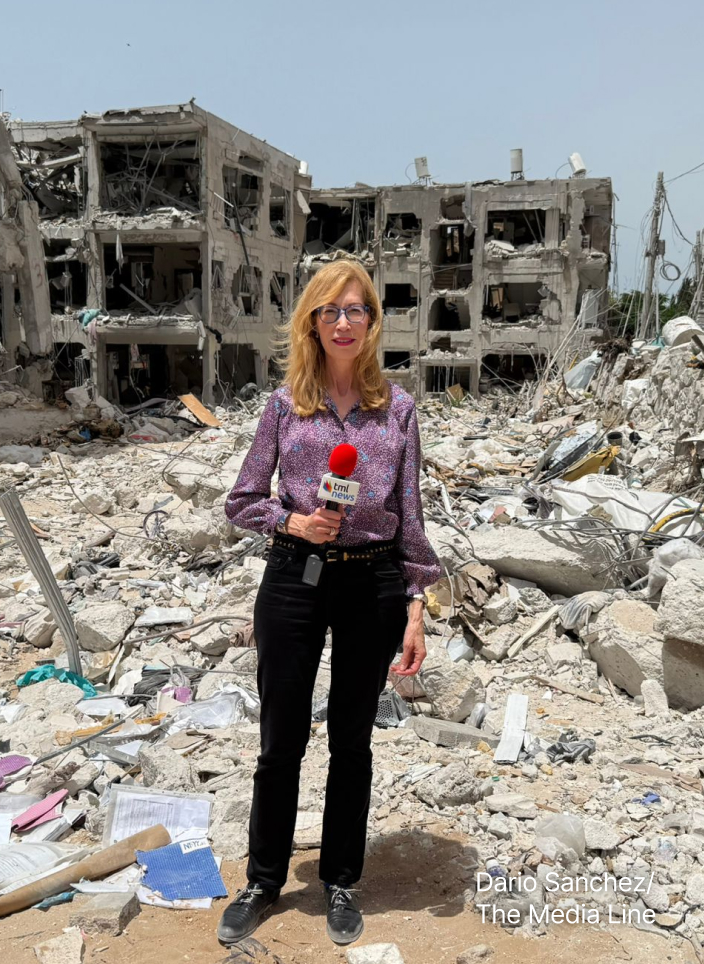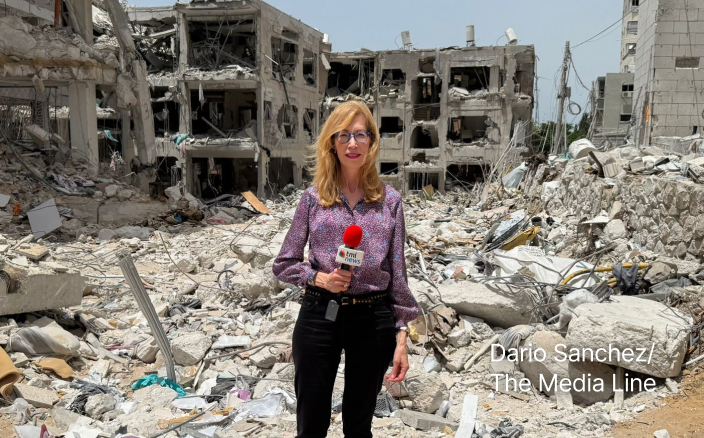Lebanon once again finds itself at the center of Middle East fault lines, where domestic fragility collides with regional ambition. Reporting for The Media Line, Giorgia Valente captures [1] how efforts to disarm armed factions in the country—starting with Palestinian groups in refugee camps—have revived an old and unresolved question: can Beirut ever confront Hezbollah’s arsenal without igniting civil war?
Patricia Karam of the American Task Force on Lebanon insists the law is clear: the 1989 Taif Accord and successive United Nations Security Council resolutions demand that only the state hold arms. She argues the Lebanese Armed Forces (LAF), as the country’s only cross-sectarian institution, must take the lead. The challenge, she admits, is that inside the camps, brute force would be catastrophic; a phased “disarmament, demobilization, and reintegration” strategy might be the only way forward.
Give the gift of hope
We practice what we preach:
accurate, fearless journalism. But we can't do it alone.
- On the ground in Gaza, Syria, Israel, Egypt, Pakistan, and more
- Our program trained more than 100 journalists
- Calling out fake news and reporting real facts
- On the ground in Gaza, Syria, Israel, Egypt, Pakistan, and more
- Our program trained more than 100 journalists
- Calling out fake news and reporting real facts
Join us.
Support The Media Line. Save democracy.


Not everyone is convinced. Retired Israeli Col. Jacques Neriah calls the government’s latest raid “theater—a screenplay agreed in advance,” warning that symbolism will not change the reality of heavily armed factions. He is even more pessimistic about Hezbollah: with roughly 60% of LAF troops hailing from Shiite communities, he says asking them to confront Hezbollah could fracture the army and plunge Lebanon back into civil war.
The debate also involves UNIFIL, the long-standing UN peacekeeping force Neriah dismisses as ineffective, and Israeli hints that it might withdraw border forces if Hezbollah were disarmed—comments Karam says only strengthen Hezbollah’s narrative of “resistance.”
Valente’s reporting reveals a Lebanon caught between sovereignty and survival, where every proposal risks inflaming sectarian fault lines. Read the full piece [1] to see how experts envision paths forward—and why most fear they may collapse under Lebanon’s political realities.